What is an Easy Rts Game to Pick Up
The real-time strategy (RTS) genre was once a force to be reckoned with in the video game industry, and rightly so. During its golden age, the genre produced several very popular games which garnered huge cult followings, helping to establish its legacy among strategy war games up to this day.
But what exactly is an RTS game? Let's explore this, the genre, and some of its most notable titles.
Real-Time Strategy Games, Explained
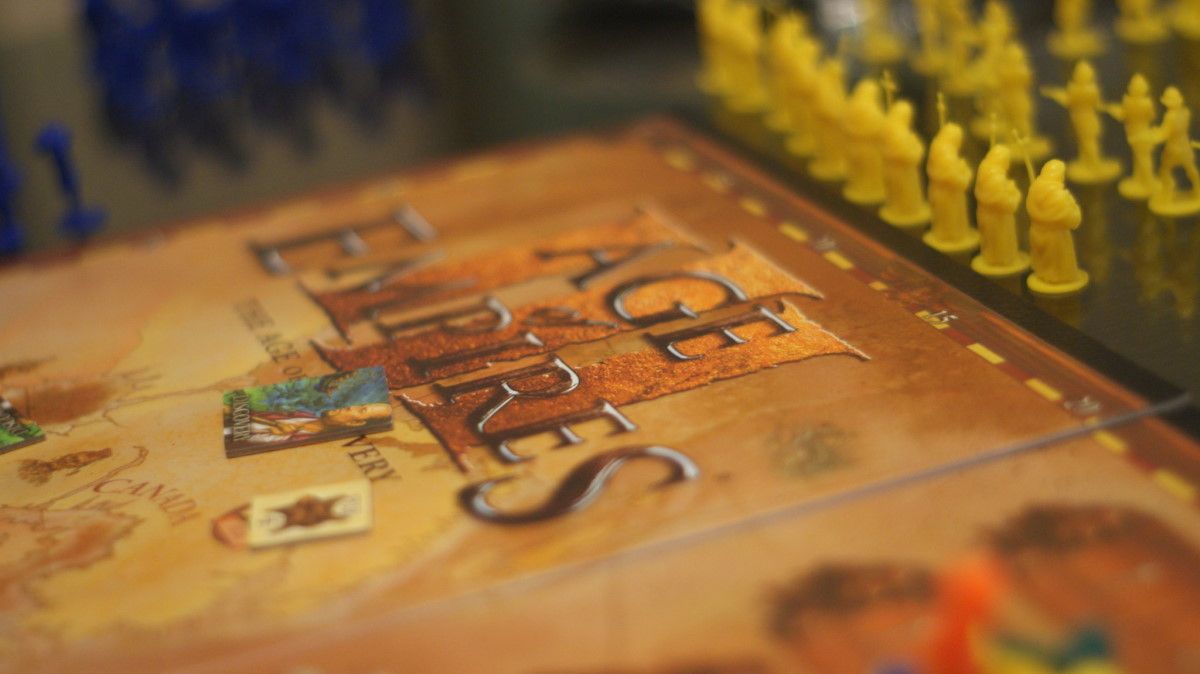
Real-time strategy games are characterized by how players progress simultaneously in-game, as opposed to the turn-based approach of most strategy games. Their easy-to-grasp mechanics, such as resource and unit management, coupled with their real-time approach makes for great replayability, turning the genre into a favorite among war gamers.
The idea behind RTS games is fairly simple. The game takes place on a world map where two or more players are pitched against each other. To advance in-game, players must micromanage resources, military and non-military units, building construction, new technology investigation, and diplomacy.
Also, as opposed to grand strategy games that emphasize diplomacy while representing military battles as abstract values, RTS games mostly tone down diplomacy, choosing to focus more on military action. Additionally, the player's actions take place, of course, in real-time, favoring action-filled skirmishes and fast-paced gameplay.
The Main Gameplay Mechanics of Real-Time Strategy Games
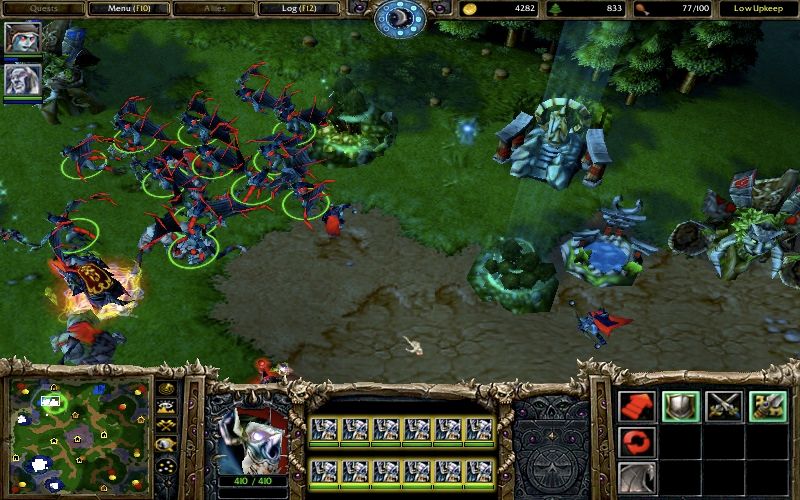
As with any other video game genre, there are some gameplay mechanics that are either very closely related to (or even considered core to) real-time strategy. These include:
Resource Management

Resource management is a big part of the RTS genre. Resources are mostly either found distributed around the game world or produced by buildings. Resource management often involves finding, extraction, and allocation, meaning you choose how to spend your resources.
Building Management

Building management includes building construction, allocation, and upgrading. These often include at least two types of buildings: military and civilian. Building management is central to RTS games since new buildings give you economic and defensive advantages as well as access to new and better units.
Military buildings usually include military unit production and defensive buildings while civilian buildings can include government, resource gathering, housing, and tech-research buildings.
Unit Management
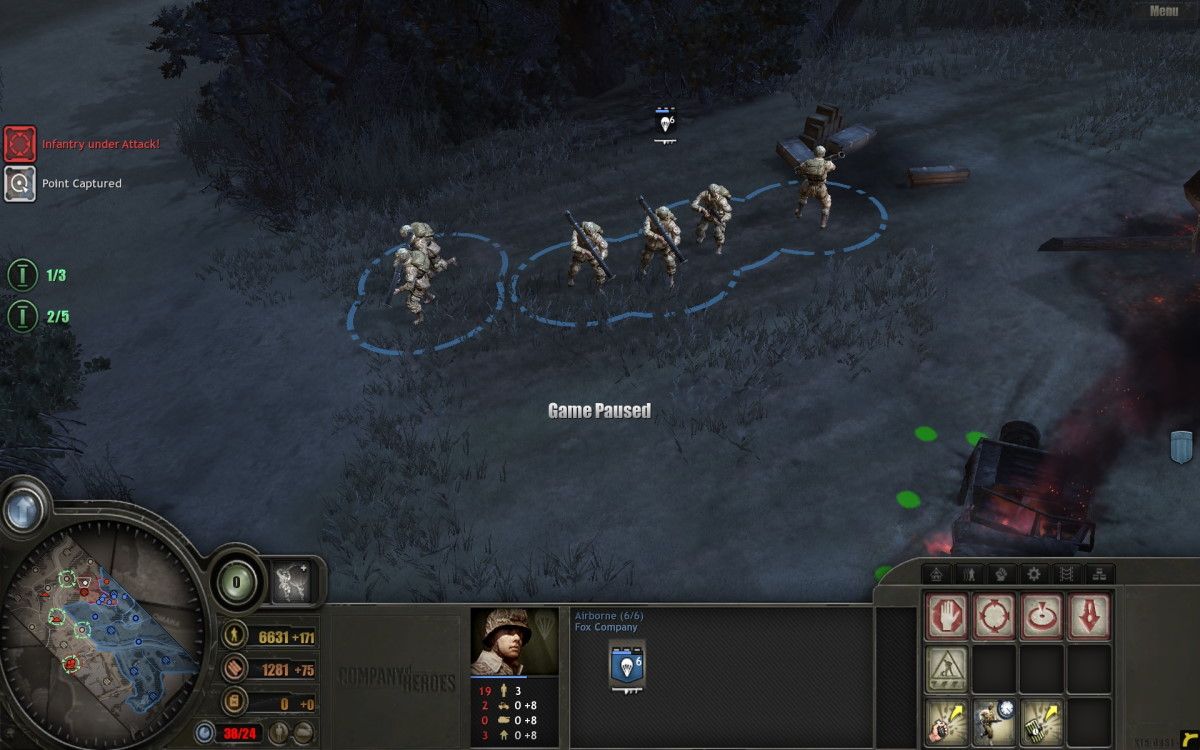
Units are usually divided into civilian and military units. Civilian units are often used for constructing buildings or gathering resources, while military units are used for taking the offensive.
Unit management adds a layer of tactical thinking to the real-time strategy genre, though this aspect is mostly toned down in favor of strategy. Military units in RTS games are classified into different types that cancel each other out in a rock-paper-scissors manner.
If building management is central to RTS games, then unit management is pivotal; unit management is the way to micro-manage your battles and prove your military prowess.
Technology Research

Tech trees are often present in the RTS genre, but not always. Nevertheless, even in the case that a tech tree is not present in a game, the gameplay mechanic is often embedded in the building management of the game in a way that you'll need to construct one building to be able to access other more advanced ones or better units.
Technology research adds a good layer of strategic thinking to the game, since you will have to wager whether the advantages provided by advancing further up the tech tree are worth the resources spent on it.
A History of RTS Games
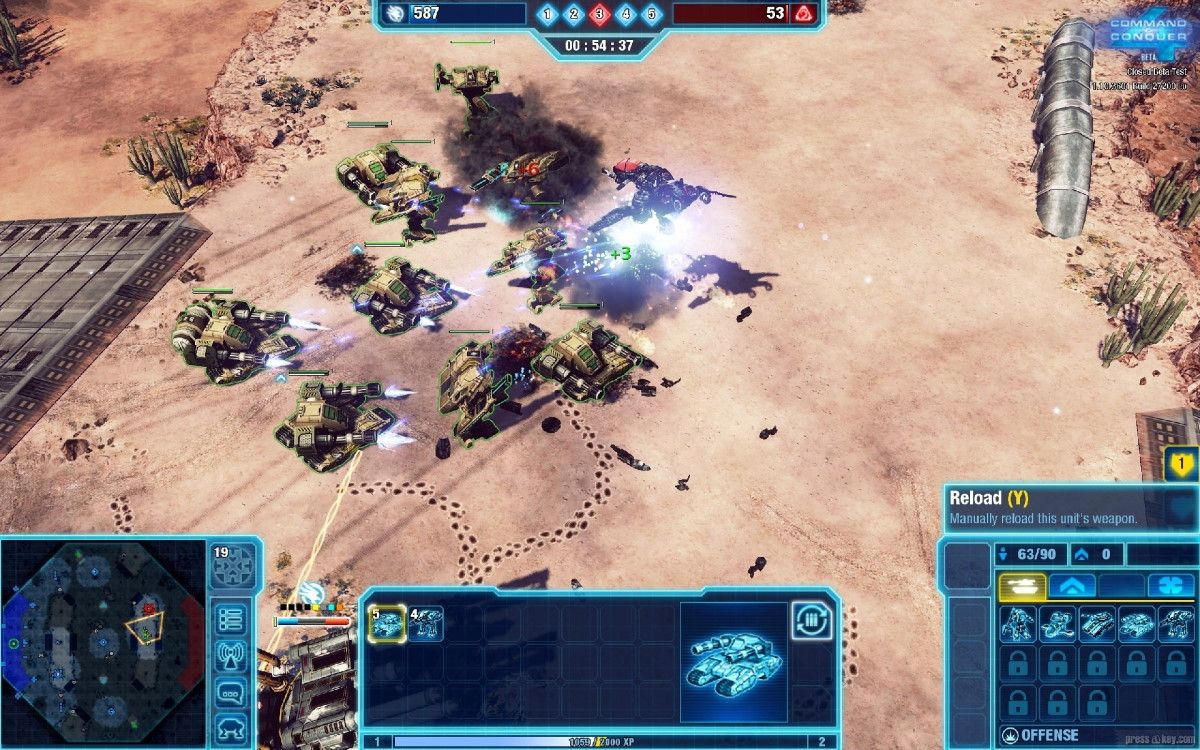
Although the real-time strategy genre is still very popular among gamers in 2022, it has been around since the turn of the century. If we take into account the gameplay mechanics we've just gone over, we can find that the genre dates back to at least the 1980s.
However, since the term real-time strategy itself was actually coined by Brett Sperry to describe the 1992 video game, Dune II: The Battle for Arrakis, we will consider this the first RTS game. After all, the term was only applied to earlier games retrospectively, and it was Dune II that became a template for what all future RTS games would look like.
The RTS Forerunners
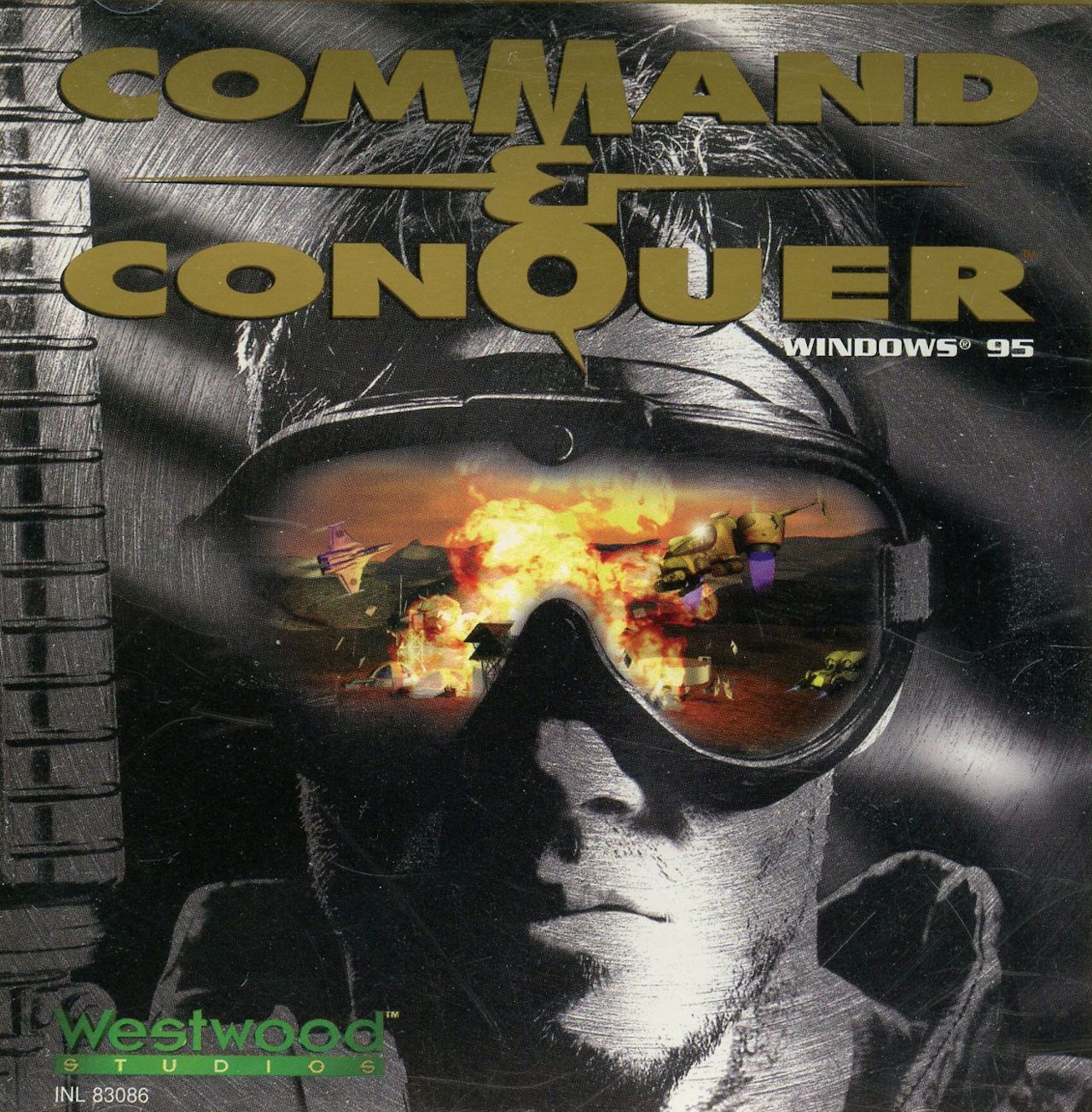
Dune II: The Battle for Arrakis was the first video game to be branded as real-time strategy, including all the core gameplay mechanics associated with the genre. In the game, you can choose between three different noble houses, Atreides, Harkonnen, and Ordos, each with its unique units, favoring different strategies depending on the faction you choose.
To advance in-game, you must gather spice, which serves as the game-world main resource, and convert it into credits through the use of a refinery. Credits are then used to build more buildings and military units for taking the offensive against your enemy.
Command & Conquer followed up, similarly produced by the same development team as Dune II, so many of its gameplay mechanics remained the same. There are two factions to choose from, the Global Defense Initiative and the Brotherhood of Nod, each with its unique features.
Unit production and building construction are funded through the harvesting of Tiberium, which serves as the game's sole resource, and turning it into credits through a specialized building.
The Golden Age of RTS Games
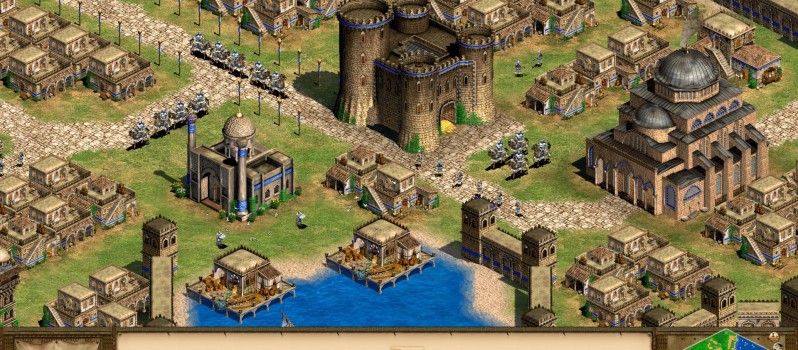
The first RTS game to reach mainstream audiences was StarCraft, which became the best-selling PC game the year it was released, kick-starting the genre's golden age.
StarCraft is considered groundbreaking for its introduction of three distinct, though well-balanced, races: Protos, Zerg, and Terrans, each with completely unique units. Although all units are unique to their respective races, they all still have comparable counterparts from the other races, helping keep the game balanced.
Finally, races use two resources to sustain their economies and armies: minerals and Vespene gas. Minerals are used for all units and buildings, while Vespene gas is used for advanced ones.
Then came Age of Empires II, which became somewhat of a hallmark of the RTS genre. Set in the Middle Ages, Age of Empires is probably the best well-known RTS game out there. It has 13 playable factions, and, although they all have access to the same type of units, infantry, cavalry, archers, and siege engines, each faction has access to unique elite troops and buildings.
The game also introduced four different resources: food, wood, gold, and stone. These can be found distributed throughout the world map. These resources can then be invested into constructing buildings, raising armies, or researching new tech. Age of Empires II also features a diplomacy system, though a very nerfed down one at that.
Modern RTS Games
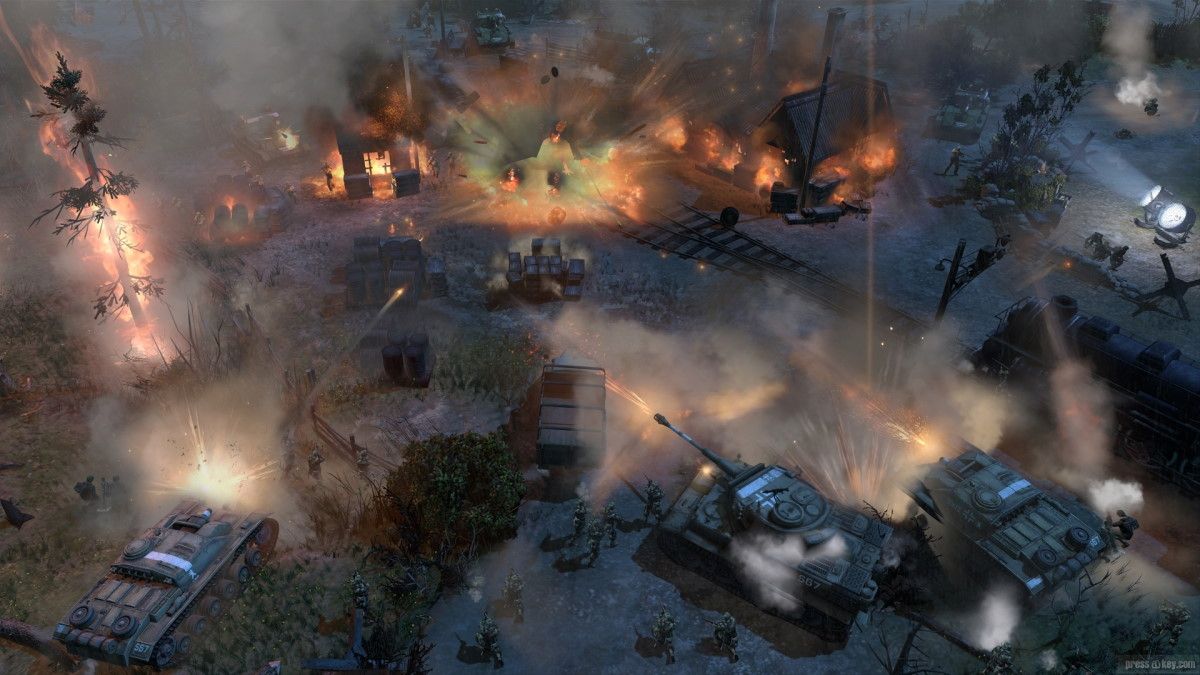
Modern RTS games are increasingly taking a more tactical approach to the genre and, like modern RPG games, favoring action-filled gameplay. However, they still haven't done away with the strategic layer.
Based on the historical setting of WWII, The Company of Heroes series delves a bit further into the tactical aspect of warfare than most RTS games. However, it did implement a supply system that adds a good layer of strategy to the games.
To gather resources you need to capture specific sites scattered all over the map that collect munitions and fuel, which you need to create units and buildings. The interesting part is that for newly captured sites to start producing resources, they need to be connected to the rest of your territory, simulating lines of supply.
Iron Harvest is another good example of a modern RTS game. Iron Harvest is a diesel-punk, mecha-RTS game set in an alternate version of history where our version of World War I doesn't happen and instead a different war ravages Eastern Europe. The game features three different factions, Polania, Rusviet, and Saxony, each with their unique units.
The game is somewhat influenced by Company of Heroes, and to collect the game's only two resources, iron and oil, from capturing and upgrading income structures on the map.
Real-Time Strategy: A Timeless Genre
With its fast-paced and action-oriented gameplay, the RTS games found a place within the gaming industry's mainstream audience, unlike their strategy counterparts, grand strategy games, managing to deliver some of the most memorable war game titles to date. The genre has come a long way since the release of Dune II.
Although RTS games no longer dominate the market like they did during their golden age, the most popular RTS games' influence still resonates today.
Source: https://www.makeuseof.com/what-are-real-time-strategy-games-rts-games/
0 Response to "What is an Easy Rts Game to Pick Up"
Post a Comment